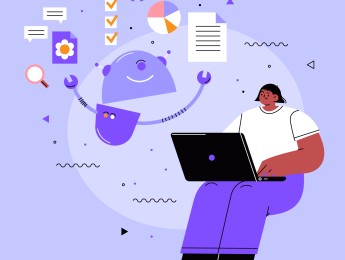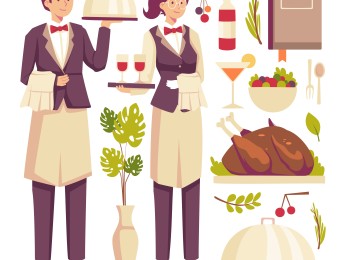Any healthcare organisation will rely heavily on medical devices to successfully carry out its service. Thousands of medical devices are used in healthcare, and each one has a specific purpose to aid in the patient’s care.
Strict regulations govern medical devices to ensure they are fit for purpose and that the organisation is using them correctly. These regulations are enshrined in national and international law and cover various factors surrounding them in practice and during the manufacturing stage. They primarily focus on risk management and quality control.
It is also important for the organisation to manage risks while the device is being used. Conducting risk assessments before its implementation is crucial in ensuring the safety of all those involved. Analysing the potential risks associated with the device allows those in charge of risk management to create risk management plans that highlight all preventative measures, as well as possible corrective actions in situations where risks do occur.
Upon completion of this course, participants will be able to:
- Understand the importance of medical devices within an organisation and for an individual.
- Identify various types of medical devices and their purpose and function.
- Stay up to date on technological advancements surrounding medical devices and technology.
- Investigate the laws, regulations, and industry standards of using medical devices.
- Assess organisation policy and procedures for introducing and registering new medical devices.
- Prepare for audits of devices to ensure they are always fully compliant with regulations.
- Explore different factors that can influence the success of a medical device.
This course is designed for anyone in the medical field responsible for the use and regulations of medical devices. It would be most beneficial for:
- Compliance Officers
- Operations Managers
- HSE Officers
- Risk Managers
- Quality Control Directors
- Regulatory Affairs Consultants
- Research and Development Managers
This course uses a variety of adult learning styles to aid full understanding and comprehension. Participants will investigate examples of various medical devices to highlight their purpose, potential risks, and regulations it must adhere to.
They will be supplied with all the tools and equipment required to successfully carry out and partake in the learning exercises and methods, which include seminars, group discussions, demonstrations, and group activities. This combination of learning methods guarantee that the participants are able to develop a full understanding of the taught content and relevant practical skills.
Day 5 of each course is reserved for a Q&A session, which may occur off-site. For 10-day courses, this also applies to day 10
Section 1: Introduction to Medical Devices
- Defining what medical devices are, their necessity and importance in patient care.
- Identifying common types of medical devices and their everyday use.
- Investigating the market trends of medical devices and what recent devices have risen in popularity.
- Exploring the history of medical device development and how technology has evolved to what we know today.
Section 2: Regulations and Organisation Procedures
- Understanding the vitality of national and international regulations relating to medical devices – ISO 14971:2019 and ISO 13485.
- Evaluating how regulations may vary depending on specific devices.
- Assessing the industry standards of device procedures and how these align with laws and regulations.
- Creating a strict set of policies and procedures surrounding the registration and use of all medical devices.
Section 3: Managing Key Documents
- Establishing a secure and confidential system, both electronic and physical, to contain a medical device dossier.
- Utilise different techniques to best organise and maintain the dossier.
- Maintaining documents surrounding all aspects of the medical devices – their registration, audit schedules and results, authorised personnel and more.
- Creating a summary of regulations and how each device is compliant with them.
Section 4: Risk Management
- Using thorough risk management to ensure user safety and regulatory compliance.
- Conducting risk and hazard assessments on each individual device.
- Analysing risk data to create a risk management plan detailing all potential risks, all established preventative measures and corrective actions.
- Comprehending the role of crisis management within risk management.
- In situations of risk occurrence, utilising corrective actions to minimise harm and reduce service down-time.
Section 5: Medical Devices in Practice
- Incorporating new devices into practice without disrupting the overall productivity of the service.
- Ensuring all necessary personnel are fully certificated and authorised to use the medical devices.
- Providing training and information to those who are unfamiliar.
- Monitoring the performance of devices and those using it to guarantee all health and safety procedures are being followed.
Upon successful completion of this training course, delegates will be awarded a Holistique Training Certificate of Completion. For those who attend and complete the online training course, a Holistique Training e-Certificate will be provided.
Holistique Training Certificates are accredited by the British Assessment Council (BAC) and The CPD Certification Service (CPD), and are certified under ISO 9001, ISO 21001, and ISO 29993 standards.
CPD credits for this course are granted by our Certificates and will be reflected on the Holistique Training Certificate of Completion. In accordance with the standards of The CPD Certification Service, one CPD credit is awarded per hour of course attendance. A maximum of 50 CPD credits can be claimed for any single course we currently offer.
- Course Code IND05-134
- Course Format Classroom, Online,
- Duration 5 days













